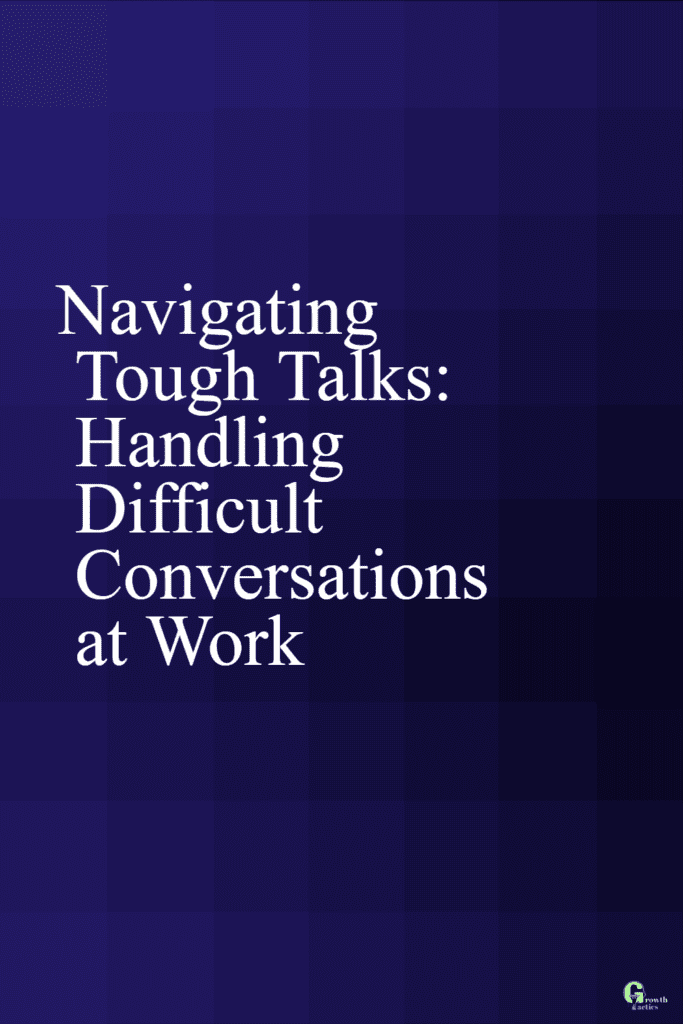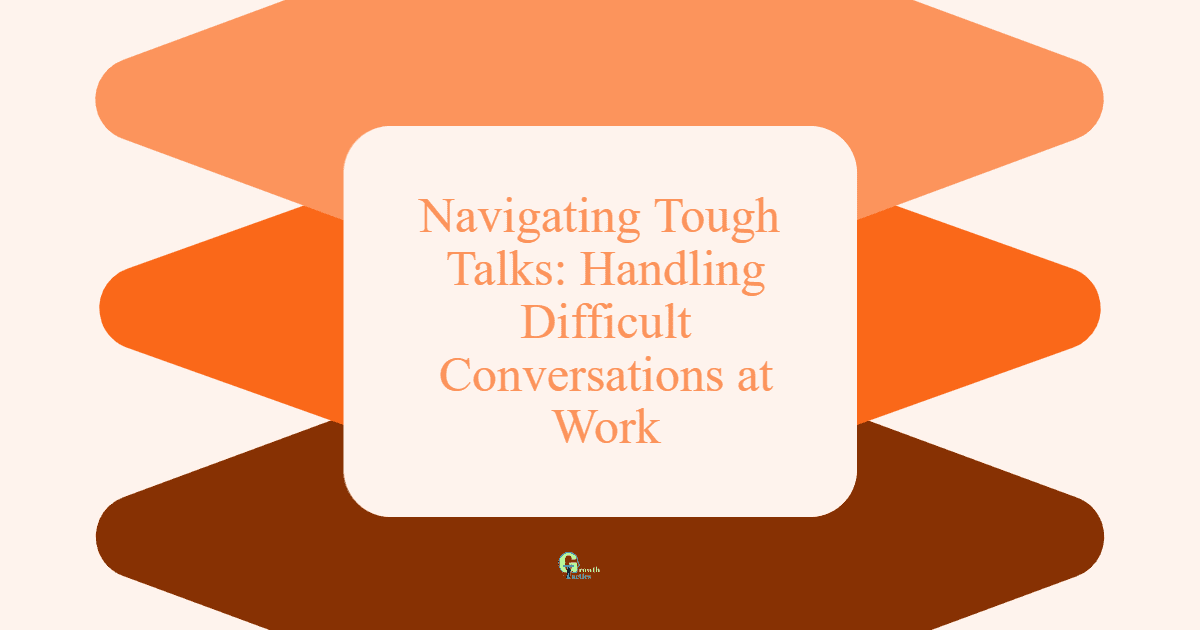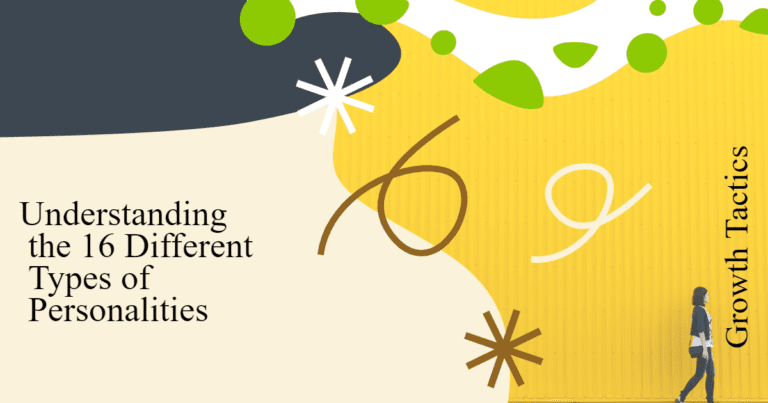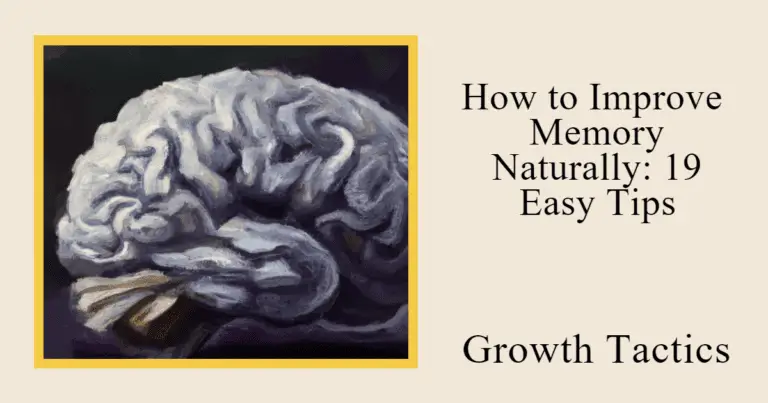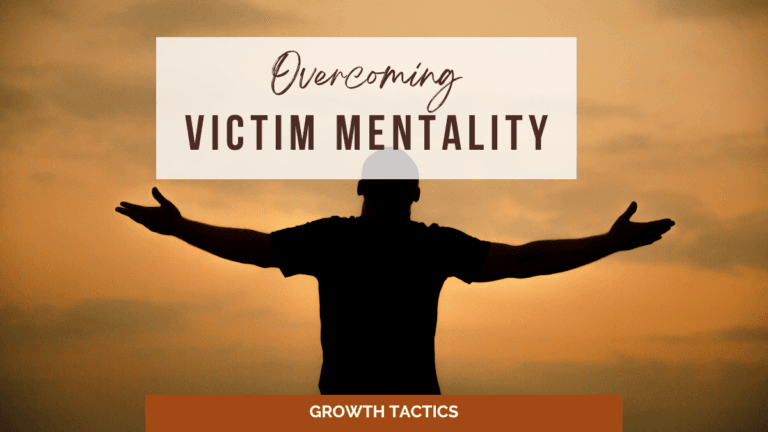You know those uncomfortable, sweaty-palm-inducing talks at work we all just love (read: dread) to have? Of course, you do! We’re talking about those difficult conversations. But, hey! Stick around, because it’s about to get a lot easier. With nifty tips from experts like Douglas Stone and Sheila Heen, we’ll help you transform those scary chats into positive and constructive discussions. So, buckle up, and let’s unravel the mystery of taming those tricky talk monsters!
Jump To Section
Why are Difficult Conversations so… Difficult?
Ever noticed how treading on hot coals might feel easier than initiating a difficult conversation? It’s like high-stakes poker. The fear of losing a relationship or causing workplace conflict can make our nerves jangle. But, dear friends, ‘avoiding’ difficult conversations is like throwing a blanket over a cluttered room. The mess is still there; it’s just hidden. Time to peel that blanket off and tackle it headfirst.
Common Types of Difficult Conversations in the Workplace
While every workplace is unique, there are several types of difficult conversations that occur frequently across various industries. Being aware of these can help you prepare and handle them more effectively. Here are some common types of difficult conversations you might encounter at work:
• Performance issues: Discussing an employee’s subpar performance or areas for improvement
• Salary negotiations: Talking about pay raises, bonuses, or compensation adjustments
• Team conflicts: Addressing disagreements or tensions between team members
• Feedback sessions: Providing constructive criticism or receiving feedback from others
• Change management: Communicating significant changes in the organization or work processes
• Personal issues: Discussing sensitive personal matters that affect work performance
• Terminations or layoffs: Having to let an employee go or communicate workforce reductions
• Workplace behavior: Addressing inappropriate conduct or violations of company policies
• Project setbacks: Discussing delays, failures, or challenges in ongoing projects
• Career development: Talking about career progression, promotions, or lack thereof
Remember, while these conversations can be challenging, they also present opportunities for growth, improved understanding, and stronger workplace relationships. Approach them with empathy, active listening, and a focus on finding constructive solutions.
Decoding What People Say During Difficult Conversations at Work
Ever been caught off guard by the ominous-sounding, “Hey, can we chat?” at work? Then you, my friend, are no stranger to the beginnings of a classic ‘difficult conversation.’ These aren’t your everyday coffee break chats or exchange of pleasantries at the water cooler. Oh no, these conversations are serious business!
Workplace conversations can range from discussing performance issues to negotiating paychecks or navigating through team conflicts. Yikes! That’s a lot of potential awkwardness to handle in one go, isn’t it? But that’s where the exciting bit lies, underneath the daunting surface, lies an opportunity. To grow, learn, and build stronger relationships.
So, how do we tackle this? Well, let’s start with a simple mantra: ‘Listen, Understand, and Respond.’ When you’re in the midst of a difficult conversation, pay close attention to what the other person is saying. They might not utter words like, “I am upset that…” or “I think we should change…” but their expressions, body language, and tone can all give you clues about what they’re truly feeling.
Understanding is your secret weapon here. It opens up doors to empathy, and that’s the game-changer in difficult conversations. It transforms these discussions from you vs. them to us vs. the problem.
And finally, your response. This is where your listening and understanding skills come into action. Remember, your aim here is not to win an argument, but to find a resolution and maintain a positive relationship. The road might have a few bumps, but trust me, it heads toward a much more harmonious workplace.
So, will it be easy? Maybe not. Will it be worth it? Absolutely. Each challenging conversation you undertake is another step toward quicker problem resolution, an improved work environment, and yes, personal growth. So next time you hear, “We need to talk,” you can confidently say, “Sure, let’s do it!”
Taming the Beast: How to Handle Difficult Conversations with Ease
Let’s jump into our imaginary rodeo pits for a second, shall we? Picture difficult conversations as a wild, snorting bull. It’s raw, it’s nerve-wracking, and boy, isn’t it intimidating? But the champion bull riders, don’t focus on taming the bull. Instead, they get to know it, they understand it, and they work with it. That, my friends, is what I want you to adopt with difficult conversations.
Uh-huh, you heard it right. Don’t, for a minute, think about ‘controlling’ the conversation. No siree! That’s like trying to cage a bull. What you want to be aiming towards is managing and directing the conversation. It’s about guiding the bull, not tying it down.
So, what are our expert bull-riders…um, I mean expert communicators, doing? They listen and understand. They leave their peek-a-boo egos at home, don their empathetic lenses and step into the difficult conversation with all openness. Easier said than done? Perhaps. But then, who said taming beasts was easy?
Another mantra for you to cherish here, folks: Always, always aim to be constructive. You see, shouting or arguing your way isn’t constructive; it’s destructive. And that’s not what we want. We’re not gladiators in an arena looking for a fight; rather, we want to cocreate solutions, build deeper understandings, and foster work relationships.
Also, a li’l secret: Remember, the bull isn’t the enemy. It’s just being a bull—reacting to its instincts. Similarly, during a difficult conversation, remember that the other person isn’t the enemy. They’re just reacting based on their thoughts, feelings, and perceptions. So, steer clear of the blame game, and instead, guide the conversation toward mutual understanding.
In the end, just know that it’s all about balance. Keeping yourself grounded as you ride the tough conversation, acknowledging the bucking and jostling, but staying on track. And hey, remember, every rodeo rider gets better with each ride. With a little patience, empathy, and resilience, you’ll soon be handling those conversations like a pro, without breaking a sweat!
So, are you ready to jump from the chute and take on that wild conversation beast with gusto? Because, my friend, I believe you’ve got what it takes to play a grand rodeo!
Lifting the Veil: Douglas Stone and Sheila Heen’s Take on Difficult Conversations
Ever heard of the “Three Conversations” of difficult discussions as explained by Douglas Stone and Sheila Heen? No? Well, brace yourself for a knowledge bomb. Every difficult conversation traverses through the realms of “What Happened?”, Feelings, and Identity. Their advice? Don’t aim for a checkmate, aim for understanding and resolution. Sounds liberating, doesn’t it?
Disagree to Agree: Handling Clashes at Work
We’ve all been there. Someone at work says something you don’t agree with. It’s tempting to argue, but that’s not always the best way. I’ve learned that sometimes, agreeing to disagree is the smartest move.
Disagreements are normal. They show we’re all different, with our own ways of thinking. That’s a good thing! But we need to handle these differences well.
Here’s what I do when I face a disagreement:
- Stay curious. I ask questions to understand the other person’s view.
- Try to see their side. I put myself in their shoes.
- Be respectful. Everyone has a right to their opinion, even if I don’t agree.
- Look for solutions. Instead of arguing about who’s right, I focus on finding common ground.
These steps help me turn disagreements into chances to grow and learn. Remember, it’s okay to disagree. What matters is how we handle it. Keep an open mind, and you’ll find a way forward together.
The Silver Lining: Why Tough Conversations are Constructive
Ever noticed how some spectacular movies start with a thunderstorm? There’s rain pouring, thunder roaring, lightning splitting the sky – sounds like chaos, right? But then, the storm slowly subsides, and it inevitably leads to a breathtakingly beautiful rainbow.
Guess what, folks? Tough conversations can be just like those tempestuous storms – the fear of confrontation, the awkward pauses, the cloud of misunderstanding – a downright storm of chaos! But, just like our movie storms, there’s a rainbow waiting at the end of these difficult dialogues. The silver lining to this stormy cloud? Tough conversations are often the most constructive ones. Let’s see how!
Listening to differing opinions may seem as unnerving as walking barefoot on a gravel road, but it opens your mind to different perspectives. Remember that old saying, “Every cloud has a silver lining”? Well, in difficult discussions, these differing viewpoints are those silver threads. They expose you to various angles of a problem, helping to build a robust and inclusive solution.
Think about it. If we always tip-toed around the touchy subjects, how would we ever confront the problems lurking beneath the shiny surface? Scary? Maybe! But oh-so rewarding. By the end of it, you might just find that the conversation you dreaded actually turned out to be a growth opportunity – a step towards lesser stress, and greater success. How cool is that?
And that’s not all, folks. While difficult conversations may feel like squaring off against a verbal Goliath, the fact is, it can help grow stronger relationships. When you and your colleague wrestle with a tough topic and come out the other side, it’s like you’ve been through a rite of passage together. You understand each other better. You trust each other more. And, most importantly, you’ve proven that you can weather storms together – now that’s team building at its best!
So, the next time you’ve got a difficult conversation on the cards, remember to feel the fear and do it anyway. As you stride into those winds of confrontation, embrace the upcoming storm. After all, it’s the rain that brings the rainbow. And in the grand scheme of things, you might just find that the conversation you once dreaded has, in fact, become your constructive catalyst for change. Ready to face the storm to see the rainbow? I bet you are!
Bruce Patton’s Wise Words on Contribution vs. Blame
Bruce Patton, the guy who blew minds at the Harvard Negotiation Project, once laid out a golden rule. It’s not about who did what; it’s about how everyone contributed. Not blame, but contribution. Now that’s a fresh perspective, eh?
Smooth Sailing: A 5-Step Guide to Owning Difficult Conversations
Ahoy there, matey! Spotting choppy waters up ahead? Perhaps, it’s the monstrous wave of a difficult conversation looming on the horizon. Panic stations, right? But don’t you worry, ’cause I’ve got just the navigational chart for you! Fasten your lifejackets, because we are diving headfirst into the high seas of tough talks with a quick and handy, 5-step guide!
- To the Lighthouse – Create a Safe Space: Alright, first things first. Before we plunge any deeper, we’re going to create a safe space – sort of like a snug lighthouse amidst the stormy seas. Speak clearly, calmly, and ensure the other person knows they’re being heard. Remember, it’s a conversation, not a debate competition!
- The Compass of Clarity – Be Clear and Direct: Next up, ditch the cryptic pirate maps and be clear and direct instead. State what the issue is, how it affects you, and what you suggest can be done about it. No dilly-dallying! There’s no room for a ‘Round Robin’s barn’ approach at sea, matey!
- Anchor of Listening – Listen Actively: The winds of conversation aren’t just about speaking; they are about listening, too! So, drop anchor, keep the interruptions at bay, and really listen. You’d be surprised at the treasures you might discover in the depths of understanding.
- Understand the Currents – Show Empathy: Ever heard the saying, ‘sailing in the same boat’? See, when dealing with adversities, it’s important to remember we’re riding the same turbulent waves. So, empathize! Understand the other person’s perspective. It’s not always about winning a quarrel; sometimes, it’s about understanding the tides.
- Detective’s Telescope – Seek Feedback: Finally, pull out your detective’s telescope and seek feedback. More often than not, there’s more to the horizon than meets the eye. Encourage the other person to share thoughts, perspectives, or information that you might not have considered before.
And there you have it, folks! A 5-step guide to help you firm up your footing on the slippery deck of tough talks, and ensure your ship sails smoothly through the storm. Whether it’s a mammoth of management issue or a small squabble over shared responsibilities, now you’ve got the perfect navigation tools up your sleeve. So next time you spot a rough wave ahead, you won’t just survive the storm; you’ll sail right through, owning the conversation like a seasoned sailor.
Captain Navigating-Difficult-Conversations reporting for duty! Ready to sail, sailor? ‘Cause with this guide, I bet you are!
Let’s Wrap It Up!
So what CAN we remember from all of this?
- Difficult conversations are just uncomfortable, not impossible.
- Understanding the other person’s perspective can turn the tide.
- There’s a method to the madness – recognize the “three conversations”.
- Disagreeing is natural, just don’t let it escalate.
- Blame games? Swap them with contribution analysis.
- Embrace conflicts, they often pave the way to resolution.
- Remember, the churning feeling is part of the process.
- And friends, practice is key. The more you apply these steps; the better you’ll manage those tricky talks.
So there you have it, folks! Difficult conversations demystified. We believe in you, and with these tips, you’ll soon be sailing through those tricky talks like a seasoned captain. Stay strong, speak kindly, listen empathetically, and tackle those difficult conversations head-on. Here’s to better and more constructive conversations at work!
